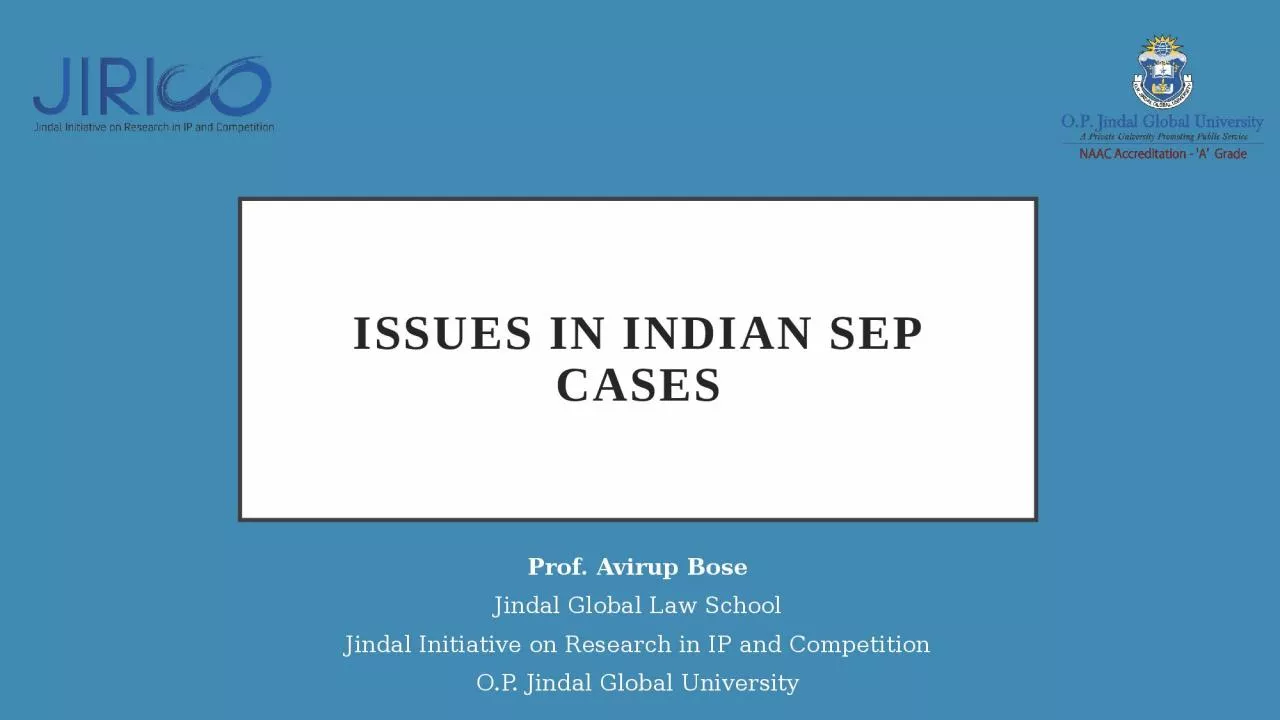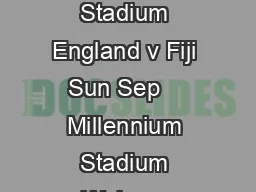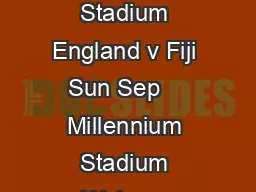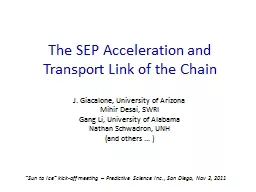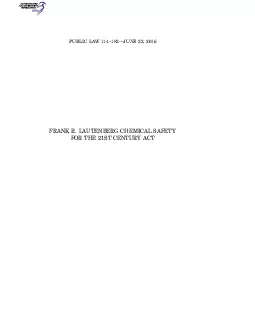PPT-Issues in Indian SEP cases
Author : maisie | Published Date : 2024-03-13
Prof Avirup Bose Jindal Global Law School Jindal Initiative on Research in IP and Competition OP Jindal Global University FRAND LITIGATION IN INDIA Cases decided
Presentation Embed Code
Download Presentation
Download Presentation The PPT/PDF document "Issues in Indian SEP cases" is the property of its rightful owner. Permission is granted to download and print the materials on this website for personal, non-commercial use only, and to display it on your personal computer provided you do not modify the materials and that you retain all copyright notices contained in the materials. By downloading content from our website, you accept the terms of this agreement.
Issues in Indian SEP cases: Transcript
Download Rules Of Document
"Issues in Indian SEP cases"The content belongs to its owner. You may download and print it for personal use, without modification, and keep all copyright notices. By downloading, you agree to these terms.
Related Documents

